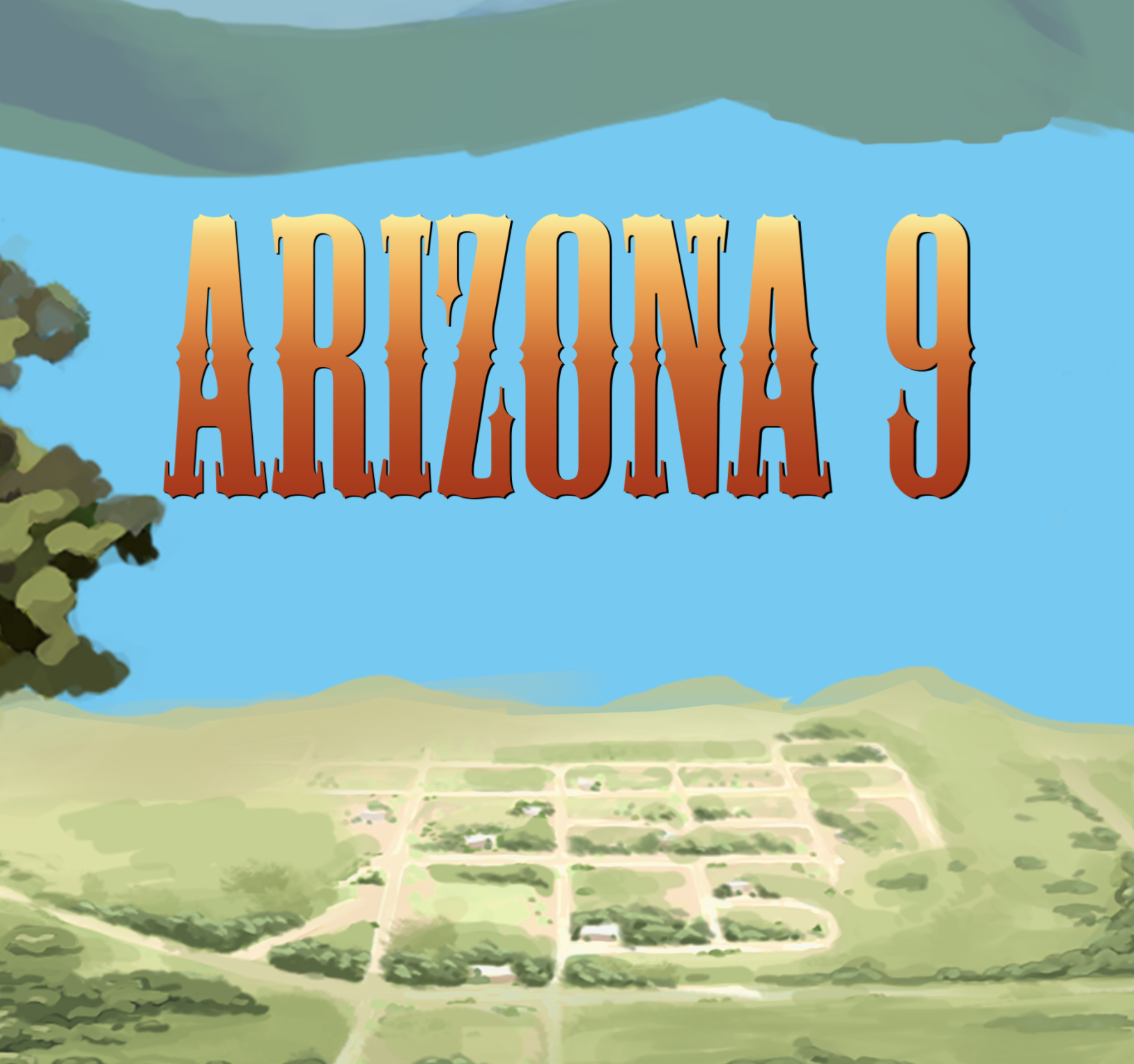T. Kim-Trang Tran
Arizona 9 is a casual game that reworks the event of Brisenia Flores’s death at the hands of border vigilantes into a hopeful tale.
On May 30, 2009 Brisenia Flores pleaded for her life before vigilantes shot her point blank in the face after invading her Arizona home and killing her father (LA Times 1/25/2011). Shawna Forde, a leader in the anti-immigrant groups Minutemen and Federation for American Immigration Reform (FAIR) was convicted of this crime and sentenced to death (NY Times 2/22/2011). The Flores case came to my attention when Forde’s trial took place in Pima County, Arizona soon after the shooting of Gabby Gifford. Little about the Flores case made national news prior to the 2011 Tucson tragedy, where another nine-year-old girl, Christina Green, was also killed. Brisenia’s story resonates with me because I was nine years old when I immigrated to America. Her story is also important to our current culture as an example of political hate speech that dehumanizes immigrants with a violent and fatal outcome.
This project, launched in 2016, joins the renewed public discussions on immigration, gun violence, and gaming in recent years.
On immigration: Brisenia’s murder helped to precipitate the demise of the border-watch movement in America (Neiwert, 2013). Her death also raises questions about belonging, for beyond the injustice of her cruel and senseless killing is the fact that she and her family can trace their ancestry back for hundreds of years in Arizona’s history.
On gaming: the potential to engage and educate players in difficult and sensitive matters through a game’s capacity to offer a participatory experience and an exercise in agency by choosing alternate outcomes lends the form to this storytelling. As an artwork that is available for free online and on mobile devices, Arizona 9 not only reflects a migratory and locational experience that points towards an immigrant existence, it can also reach individuals where and when they normally will not consider these issues.
Since 2006 I have been developing a body of creative work exploring stories of immigrants and immigration in varied media, from screenplay to digital video and virtual worlds. Arizona 9 follows in the path of artists-generated video and computer games as a form of critical play and art. It bears stating that while the number of women who play electronic games, and especially casual games, are growing, far too few of us are designing and building these games, and fewer still are artists. Equally lacking are designers, scientists, and artists of color in contemporary gaming culture (Flanagan, 2009).
CONTACT
tkttran@igc.org
CREDITS
Artists: Jane Gotts, Christina Lee, Allison Perry, and Allison Schubauer
Designers: Azubuike Ndefo-Dahl, Z Sweedyk, Tran, T. Kim-Trang
Writer: Tran, T. Kim-Trang
Programmers: Steven Bakos, Robert Zatyko
Ren’py conversion to web via the Monogatari VN engine:
https://hyuchia.com/Monogatari-Web-Visual-Novel-Engine/
(many thanks to Diego Islas Ocampo for his technical support)
